Lahariya, a traditional art form associated with the holy month of Sawan (Shravan), is a captivating aspect of Indian cultural heritage. This unique art not only reflects the spirit of Sawan but also showcases the rich traditions and artistic expressions of the regions where it is celebrated. In this blog, we’ll delve into the origins, significance, and vibrant essence of Lahariya, exploring how this art form beautifully intertwines with the festive spirit of Sawan.
What is Lahariya?
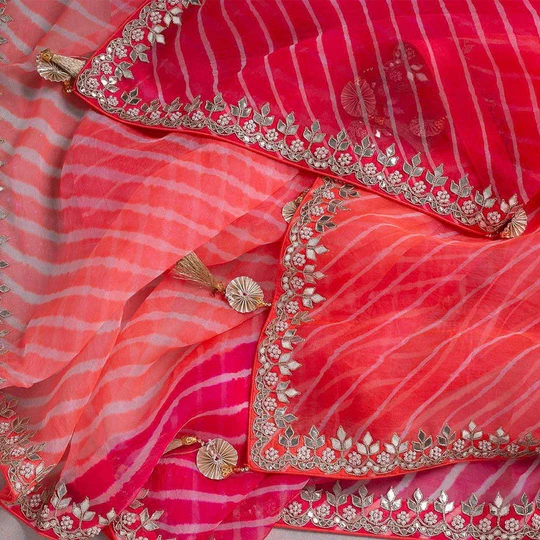
Lahariya, meaning “waves” in Hindi, is a traditional pattern of tie-and-dye fabric originating from Rajasthan, India. The term “Lahariya” specifically refers to the wave-like patterns that are created through a distinctive tie-and-dye technique. This intricate art form is known for its vibrant colors and dynamic designs, which symbolize the flowing and undulating nature of waves.
The Art of Lahariya
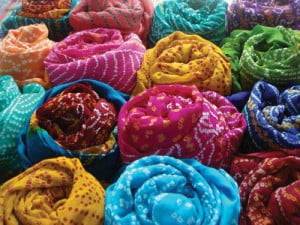
Tie-and-Dye Technique:
The process of creating Lahariya involves a tie-and-dye technique where fabric is tied in specific patterns before being dyed. This results in beautiful wave-like designs, with colors blending in a manner reminiscent of flowing water. The technique requires skill and precision, as the tying and dyeing must be done carefully to achieve the desired patterns.
Colors and Patterns:
Lahariya fabrics are often characterized by bright, contrasting colors that represent the energy and vibrancy of the season. Common colors include shades of blue, green, yellow, and pink, which are dyed in stripes or waves. The patterns typically resemble the ripples and waves of water, reflecting the monsoon rains that are central to the Sawan season.
Lahariya and Sawan: A Cultural Connection
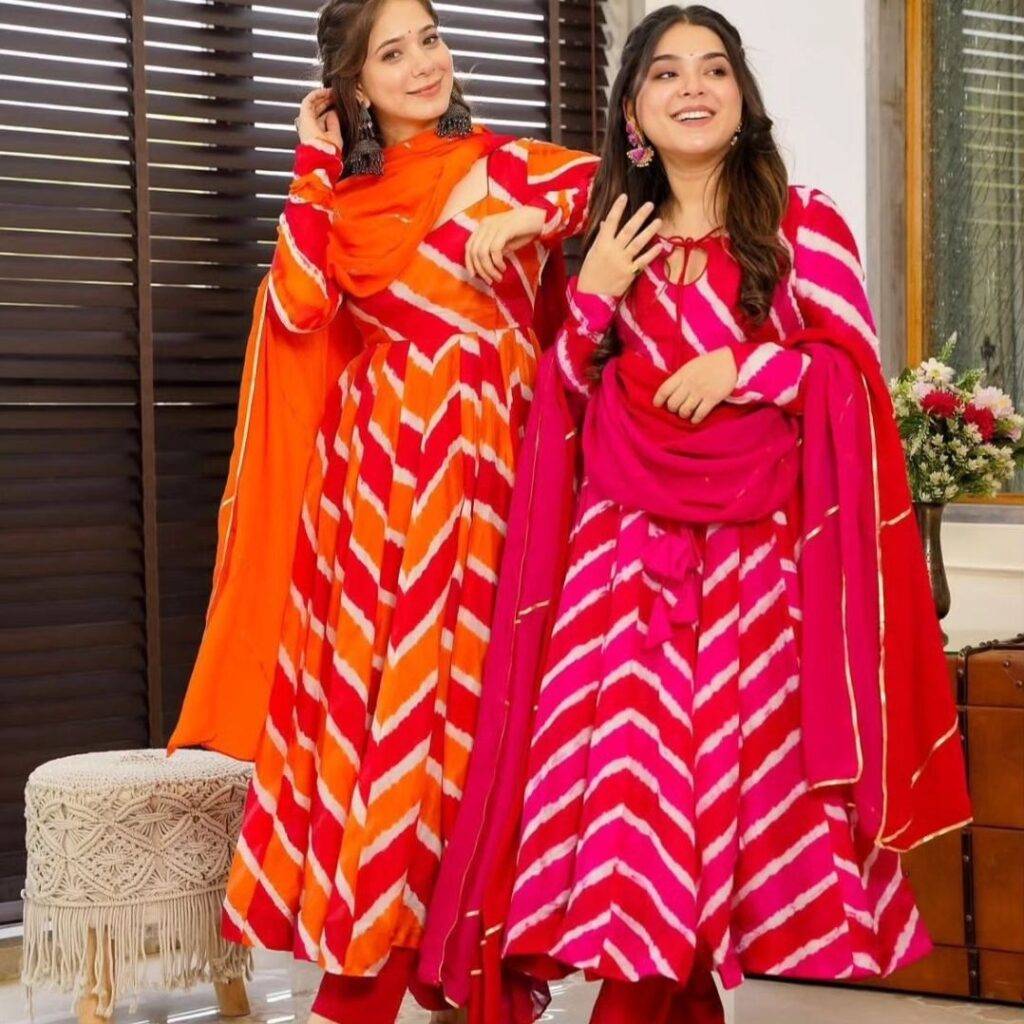

Symbolism of Sawan
Sawan, also known as Shravan, is the fifth month of the Hindu lunar calendar and is dedicated to Lord Shiva. It is a time of monsoon rains, spiritual reflection, and devotion. The arrival of Sawan brings rejuvenation and new life to the land, which is mirrored in the vibrant and dynamic patterns of Lahariya.
Lahariya as a Symbol of Sawan
During the Sawan month, Lahariya becomes a prominent part of cultural celebrations, especially in regions like Rajasthan and Gujarat. The colorful Lahariya sarees and dupattas are worn by women during religious ceremonies, festivals, and daily worship. The flowing patterns of Lahariya are symbolic of the monsoon rains and the waves of devotion that accompany this sacred month.
The Rituals of Lahariya in Sawan
Craftsmanship and Preparation
In preparation for Sawan, artisans meticulously create Lahariya fabrics, often in preparation for festivals like Raksha Bandhan and Janmashtami, which fall during this time. The fabric is dyed in a range of vibrant colors, and the traditional wave patterns are applied to symbolize the arrival of the monsoon and the blessings of Lord Shiva.
Wearing Lahariya
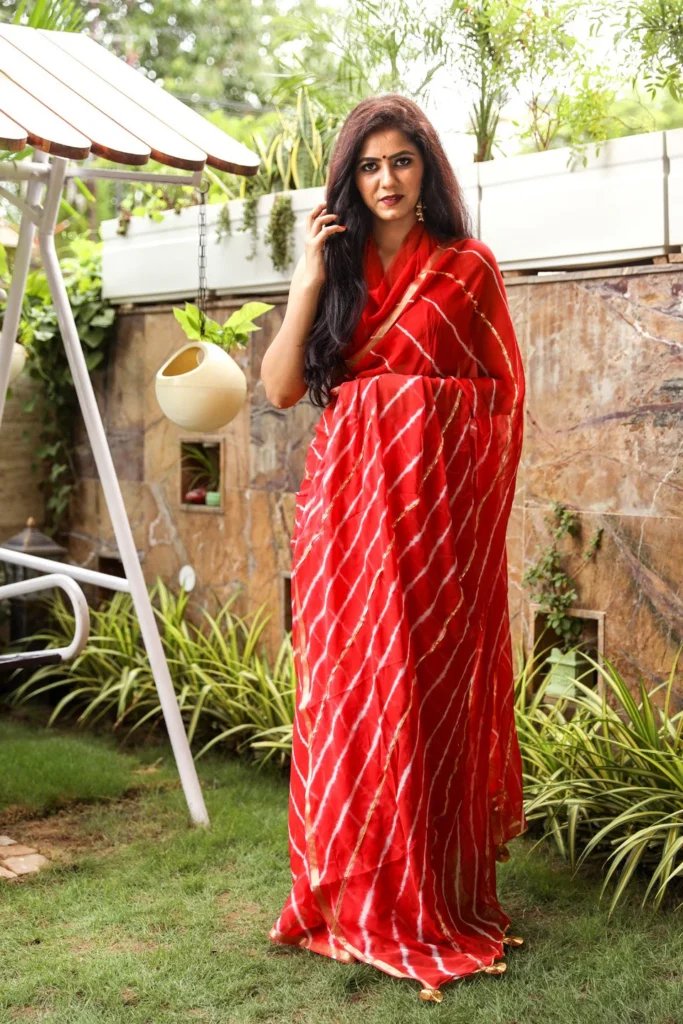
During Sawan, women traditionally wear Lahariya sarees, dupattas, and other garments, which are believed to bring good fortune and enhance their spiritual experience. The vibrant colors and patterns are not only aesthetically pleasing but also represent the festive spirit and the flow of divine energy.
Community Celebrations
Lahariya also plays a role in community celebrations and cultural events during Sawan. Traditional dances, music, and fairs often feature Lahariya patterns, creating a lively and festive atmosphere. The art form contributes to the overall cultural experience, bringing people together in joyous celebration.
The Modern Revival of Lahariya
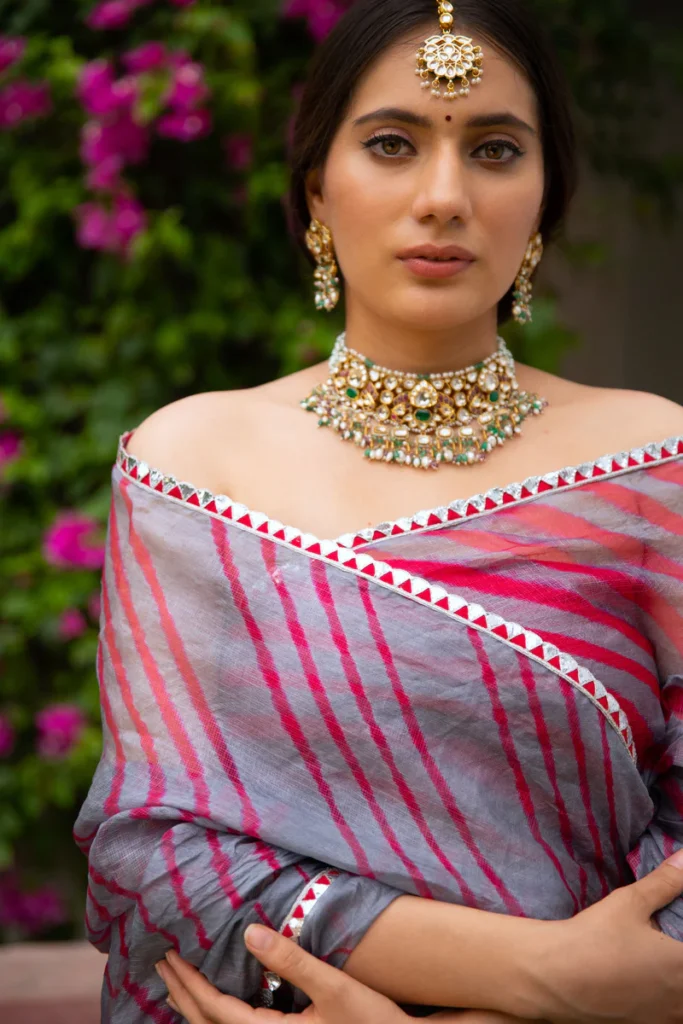
In recent years, Lahariya has experienced a revival, with contemporary designers incorporating this traditional art form into modern fashion. The timeless beauty of Lahariya patterns has found its place in fashion runways and retail markets, bridging the gap between tradition and modernity. This revival not only preserves the cultural heritage but also introduces Lahariya to a new audience.
Contemporary Fashion
Modern designers are experimenting with Lahariya patterns in various clothing items, including dresses, accessories, and home decor. The integration of traditional patterns into contemporary fashion reflects the enduring appeal of Lahariya and its relevance in today’s world.
Conclusion
Lahariya, with its vibrant wave patterns and rich cultural heritage, beautifully embodies the essence of Sawan. This traditional art form is more than just a textile; it is a symbol of the monsoon season, spiritual devotion, and community celebration. As we celebrate Sawan, embracing the colors and patterns of Lahariya allows us to connect with our cultural roots and appreciate the timeless beauty of this remarkable art form. Whether worn in traditional garments or featured in modern fashion, Lahariya continues to be a vibrant expression of Indian heritage and creativity.




